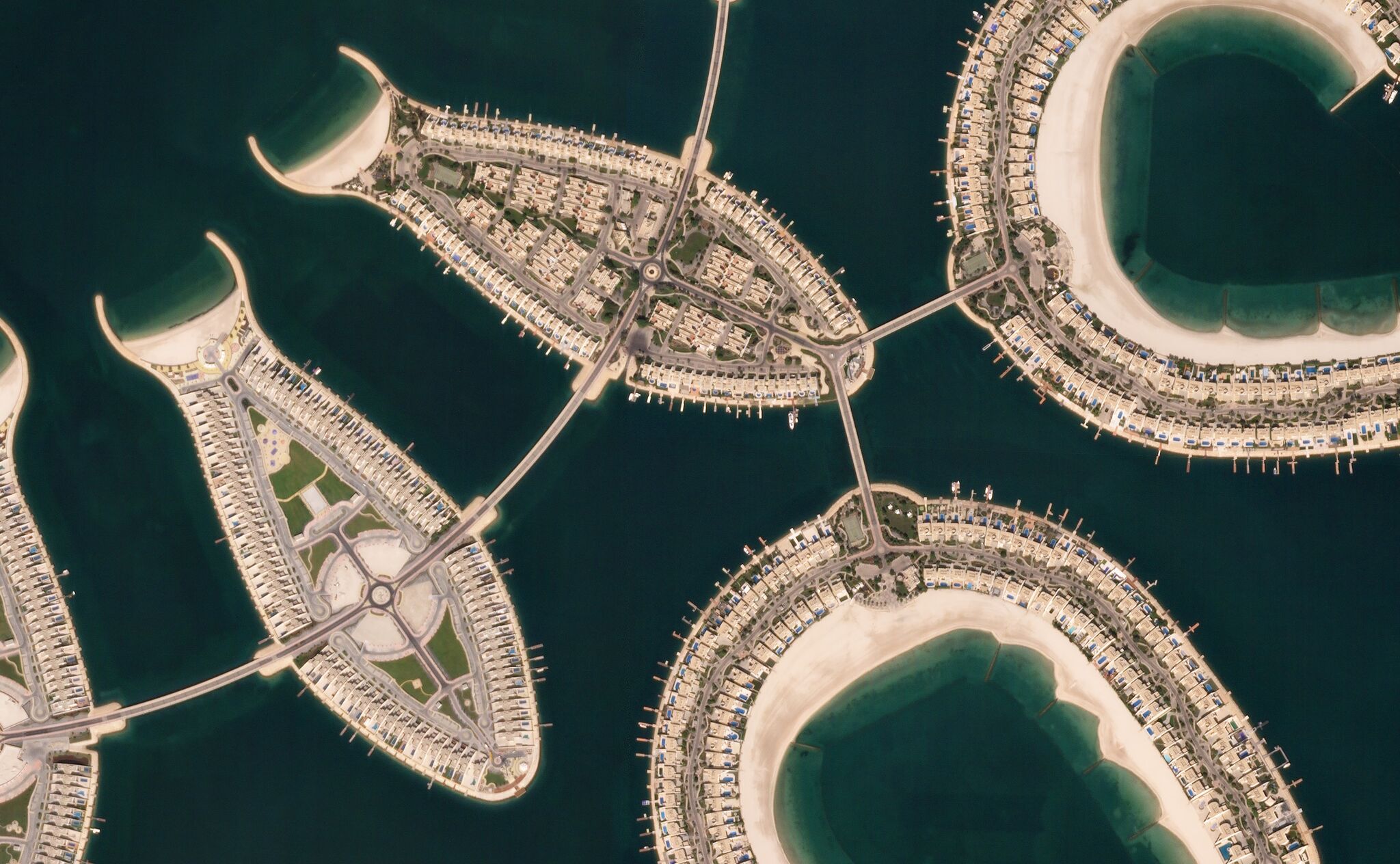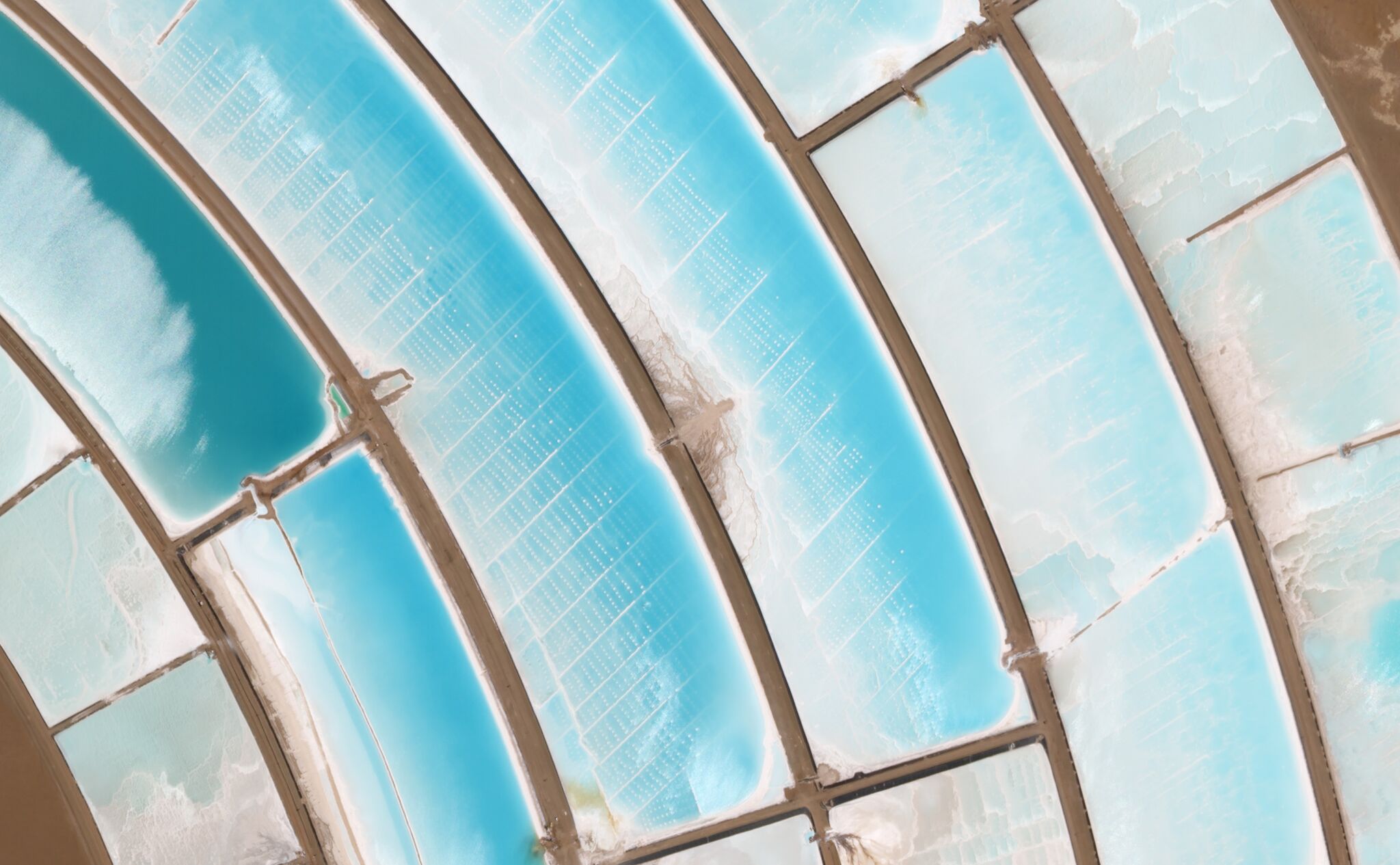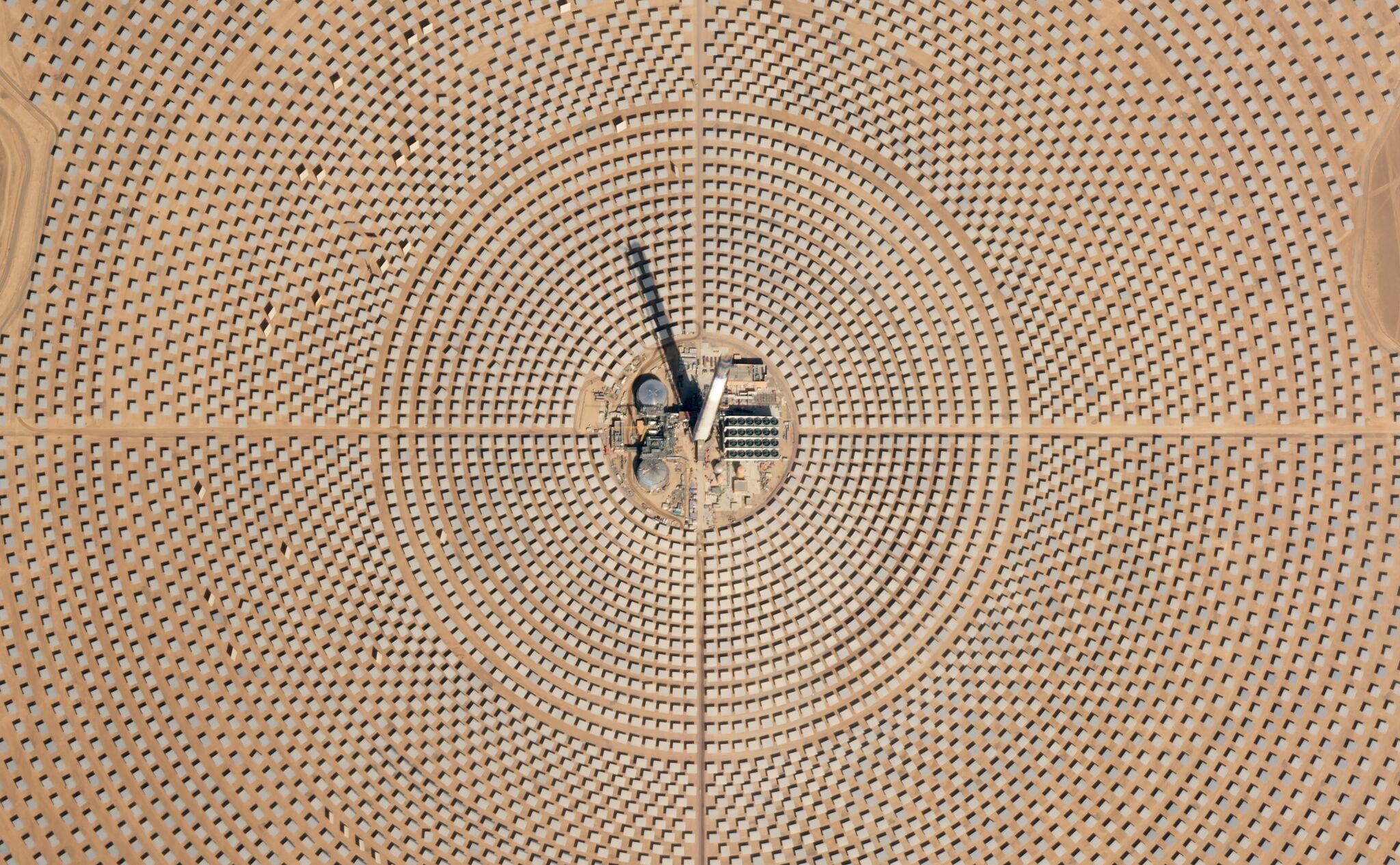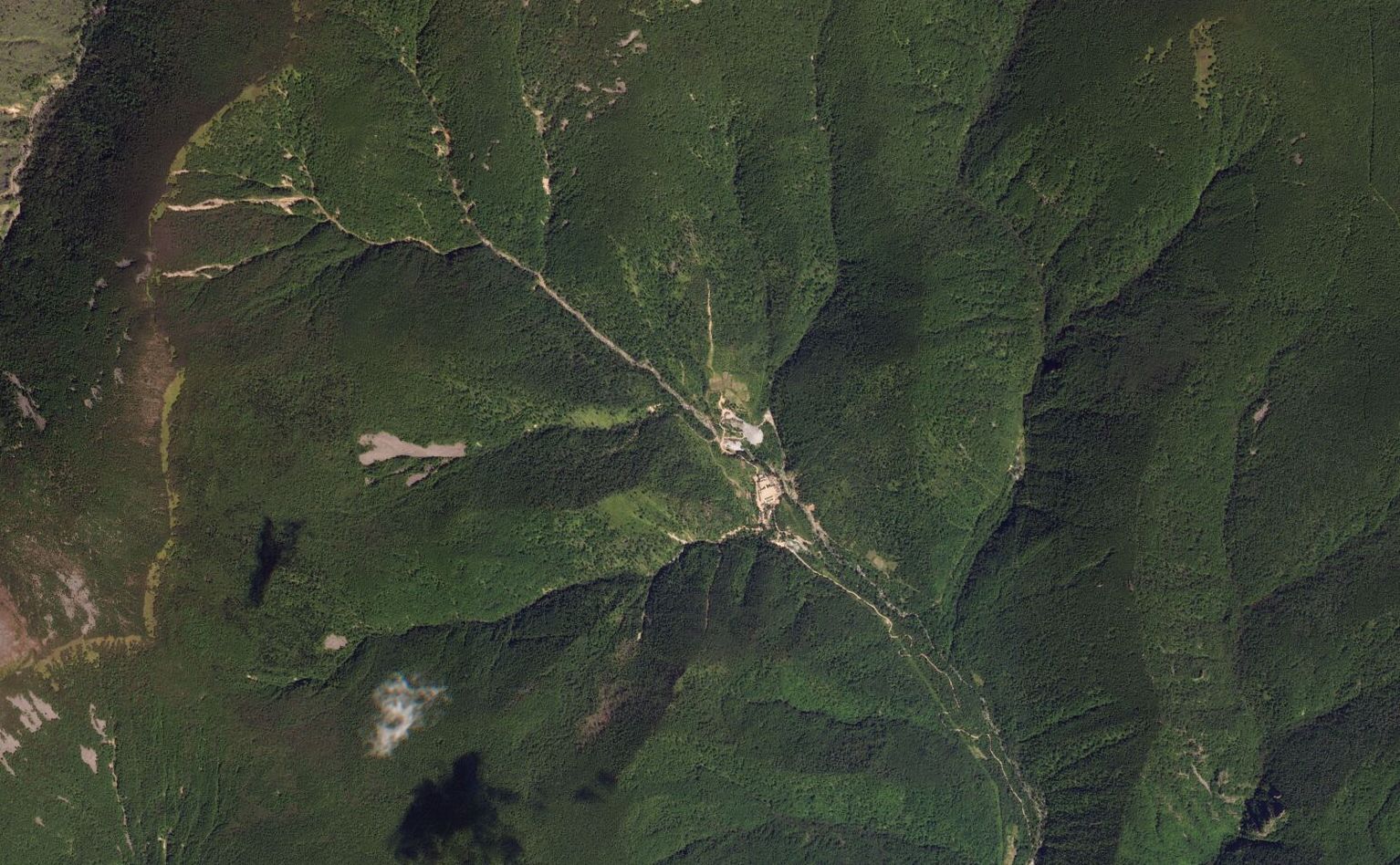Doves are about the size of a shoebox and weigh approximately five kilograms – many orders of magnitude smaller than a traditional satellite.
Doves are typically launched into space in large batches – what we call “flocks.” The oldest Doves that are still imaging the Earth were launched into space in December 2015 aboard the Atlas V, while the youngest flock – comprised of 4 Doves – was launched in January 2018.
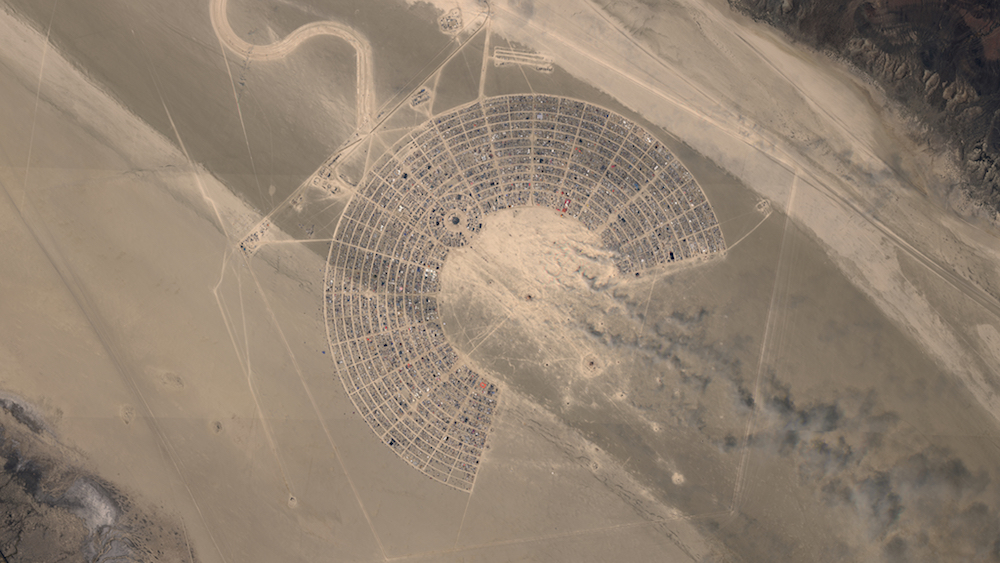
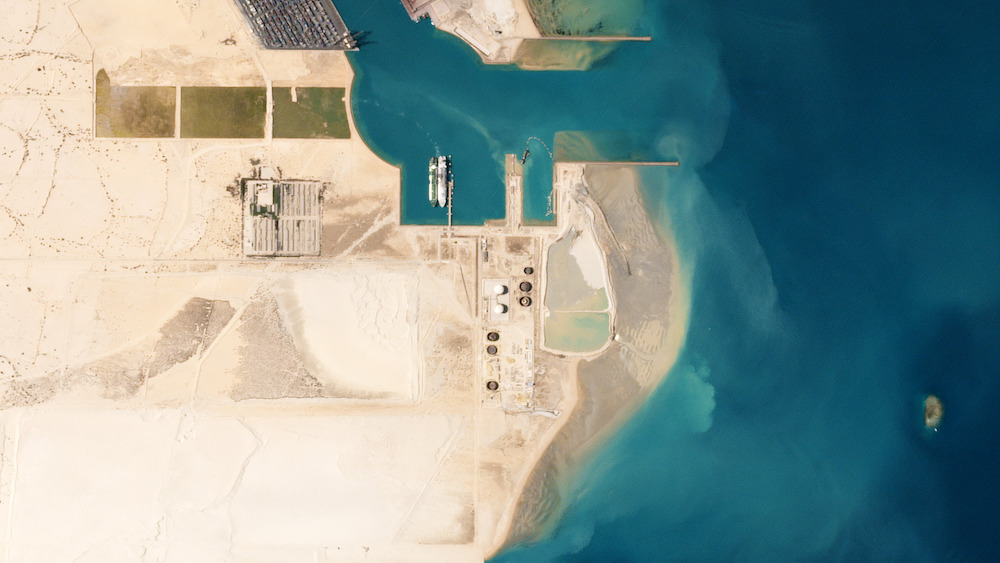
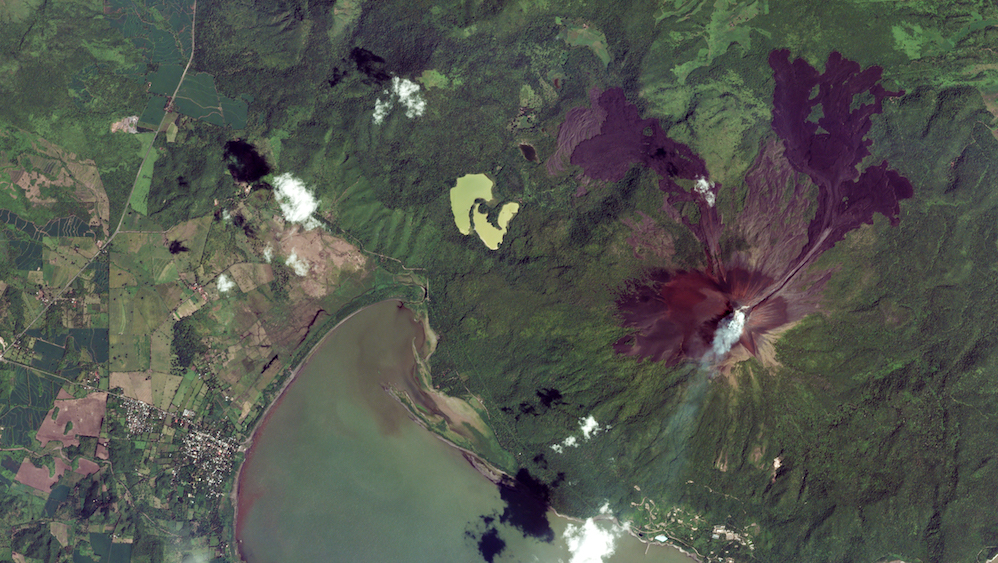
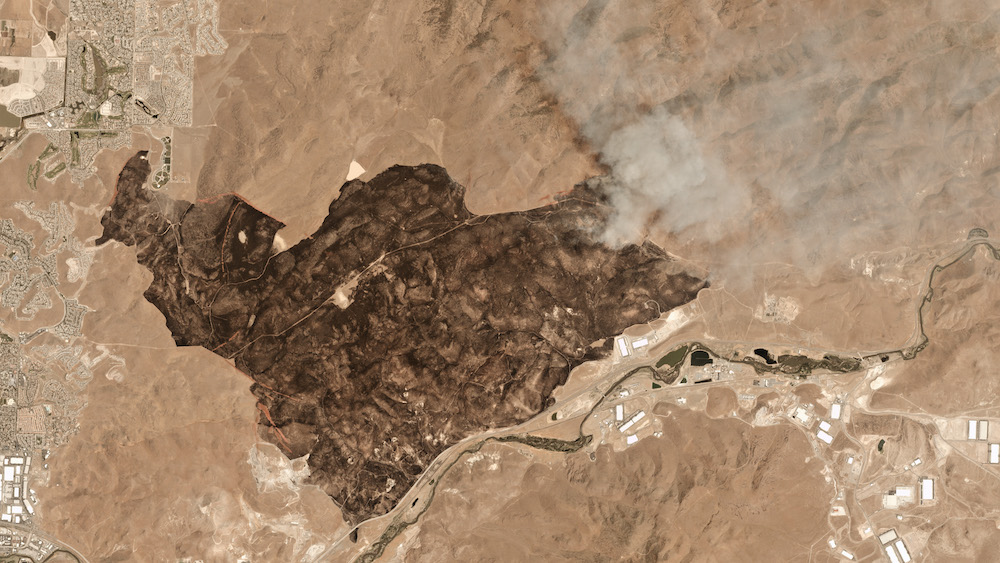
The RapidEye constellation was launched into space in 2008 – seven years before the first Dove flock went up. Each RapidEye satellite is about the size and weight of a mini refrigerator, and like the Doves, captures imagery in a line-scanner fashion.
Over their lifetime, the RapidEye satellites have amassed one of the largest archives of 5-meter resolution imagery ever.
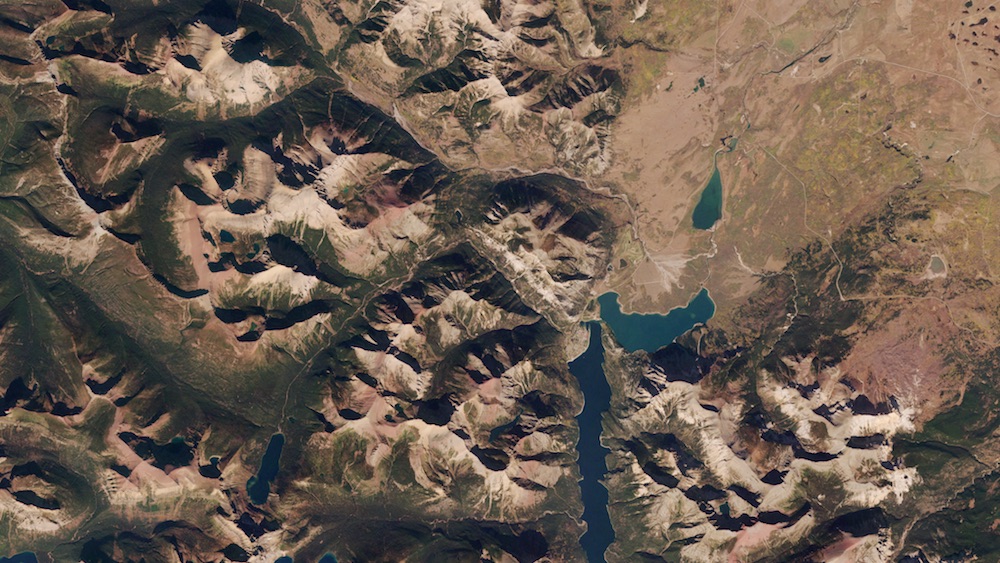
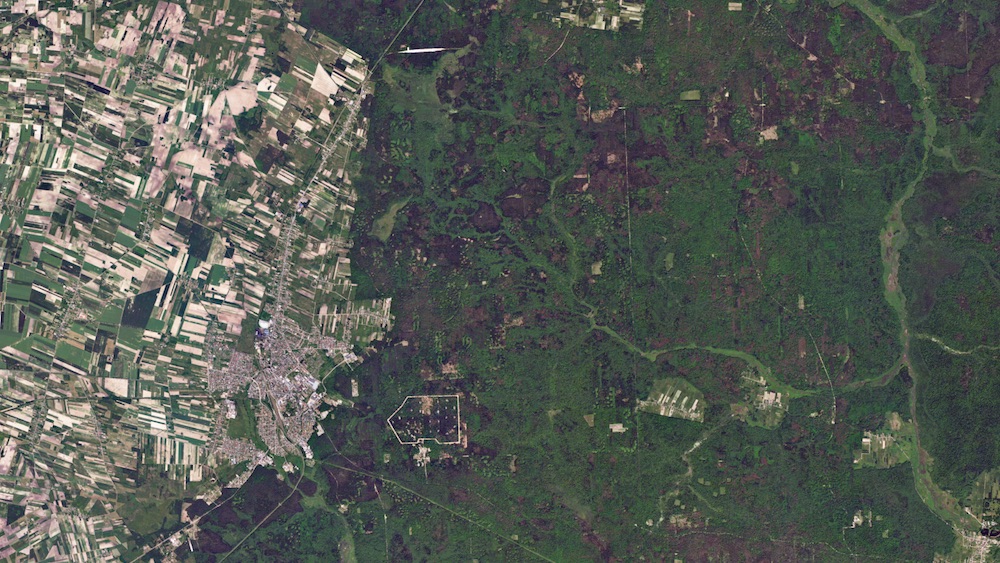
Finally, there is the SkySat constellation – comprised of 13 satellites. SkySat satellites can be tasked to image any point on Earth in high resolution (72 centimeters) and at sub-daily frequency. They can also capture near-infrared and stereo imagery and video footage for up to 90 seconds.
SkySats have their own thrusters, which make it possible to image the Earth at an angle as opposed to straight down. Take a look at this example of Monte Fitz Roy in Patagonia.
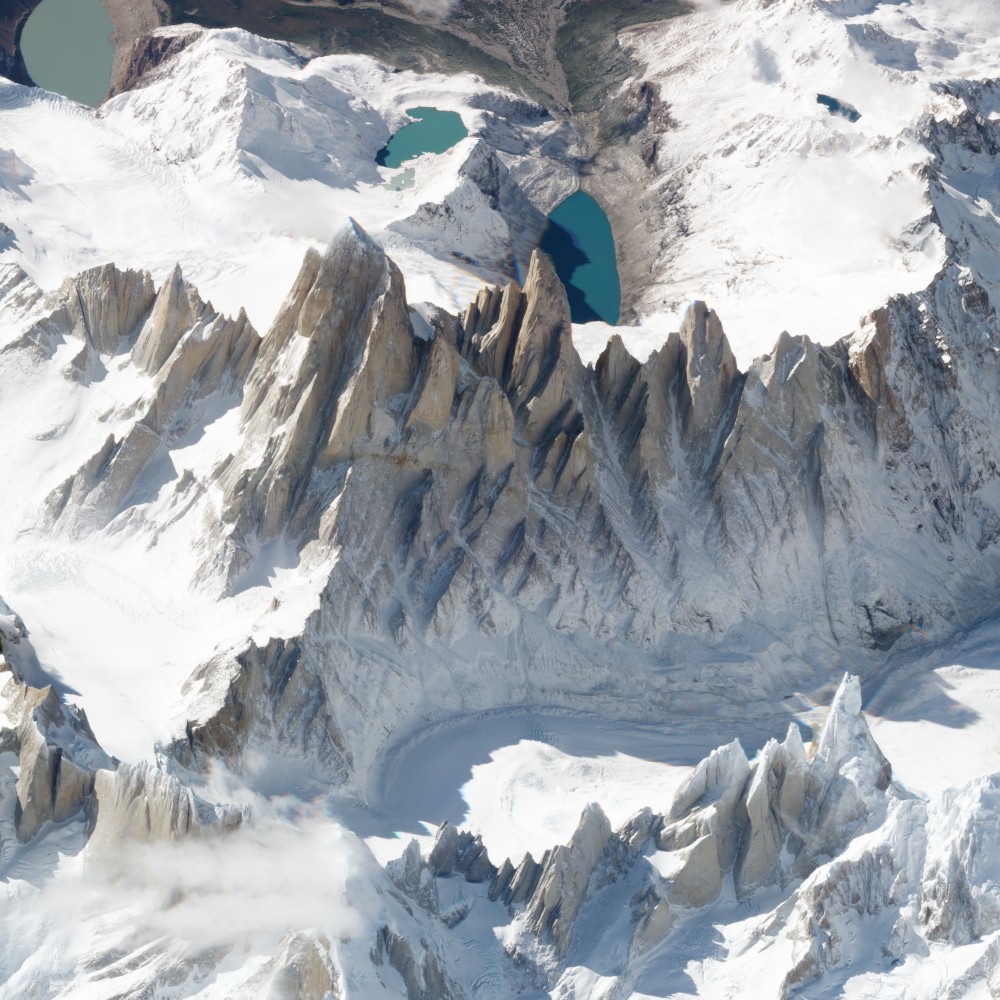
SkySat satellites have three cameras that capture overlapping strips that contain overlapping scenes. The ground footprint of each image covers around 70 square kilometers.
